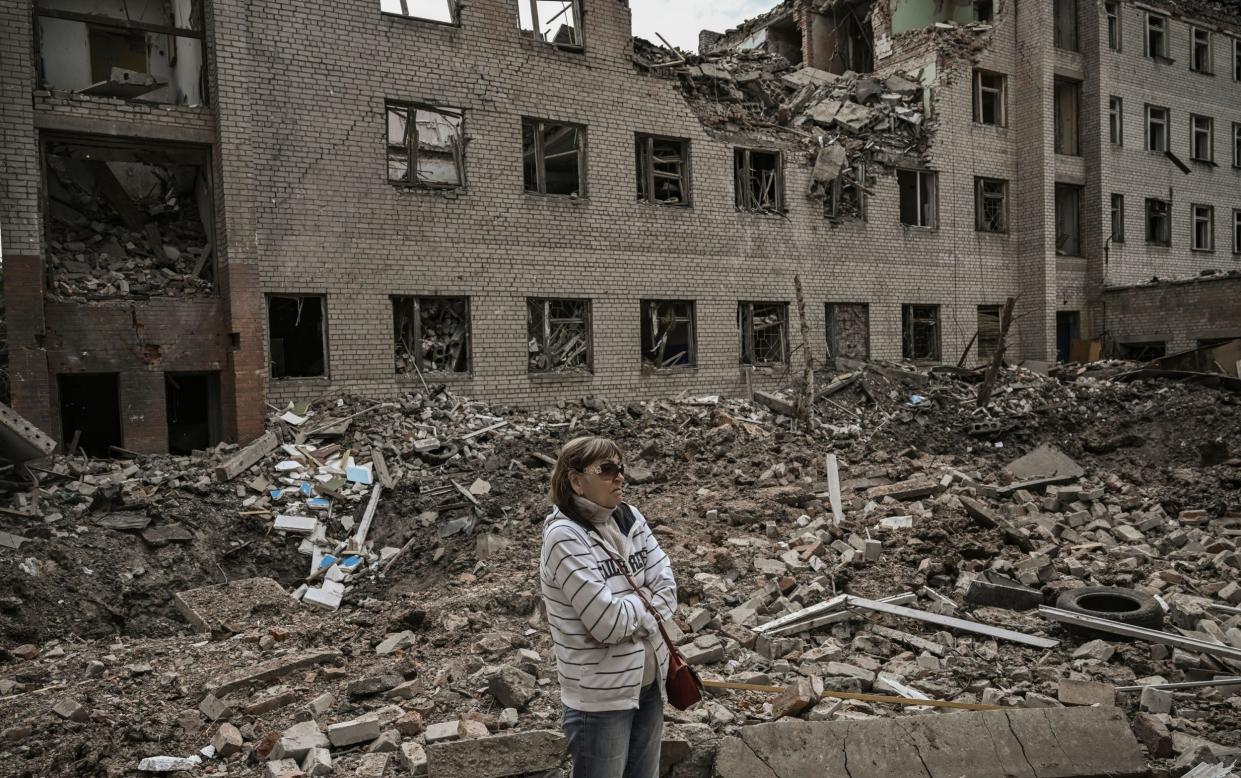Battle for Donbas shows Russia has finally got its act together

That Russia looks poised to close the last pocket of Ukrainian resistance in the battle for the northern half of the Donbas should not come as a surprise.
The surprise is that it has taken this long for a once-upon-a-superpower to get its act together.
Following the unceremonious ejection of his forces from the north of the country, Vladimir Putin, the Russian president, tried to convince the world his main objective all along had been the “liberation” of Russian-speaking people in the Donbas. Few were convinced.
Nevertheless, after a proper period of reconstitution - resting and repairing exhausted fighters and equipment - it was widely accepted that Russia should have been able to mount coordinated and effective strikes.
This period of preparation should have been around six weeks, most analysts assessed. That time is up.
After a chaotic start, Russia's tanks, infantry, jets, artillery and other equipment are all finally working together.
Focussed on a smaller gain in the east, they are coming together in far greater numbers than Ukraine - for all the benefit of Western-supplied kit - can muster.
War is a team sport. Infantry cannot take ground without the support of tank fire. Tank crews cannot see much once the turret lids are closed, so rely on air defence teams to shoot down helicopters or planes closing in to attack. Air defence teams need engineers to get them across minefields and rivers. Engineers need electronic warfare specialists to jam the control signals to suicide drones lurking overhead. These specialists need to be close to the action so require infantry to protect them … and round we go again.
Russia is now expected to culminate - a military term describing a force which can no longer conduct offensive action, but at the same time is not forced to retreat.
The current level of coordination has allowed Russia to carry out effective small “bite and hold” actions of taking ground after pounding the area with artillery, then hanging on against stiff Ukrainian resistance.
However, there have been no sweeping moves to outrun the retreating Ukrainian troops and no sudden armoured breakthroughs.
And let us not forget, this is a tiny piece of territory in one small part of the country. Quite frankly, it would be astounding if the might of what is left of the Russian army had not been able to achieve even the modest gains it has.
We must also remember the successes Russia is having now comes after it initially launched the Donbas assault prematurely. It paid a very high cost in terms of fighters and increasingly valuable equipment for each mile gained.
To show just how effective Ukrainian anti-tank teams have been at wearing down Putin’s armoured forces, Russia has been forced to call up reserves of T-62 tanks from deep-storage.
This will be problematic for a number of reasons.
Designed in the 1950s, some of these vehicles are over 60 years old. Spare parts, if they exist, are unlikely to be either plentiful or in pristine condition.
Still, the T-62s are there and, on the day of their arrival at least, should be present in decent numbers.
The Russian armoured orchestra has been tuning up for weeks - and what a cacophony it has been. Now though, the conductor has got a grip and the instruments are working together at least.


